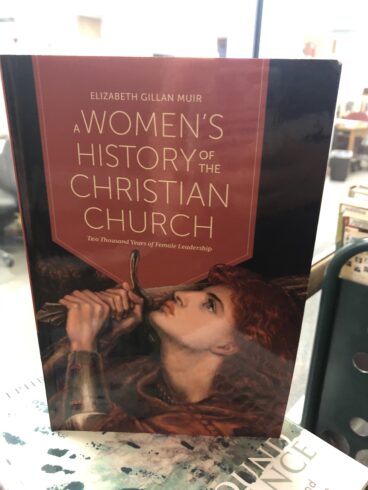As someone who left the church when she was only in 6th grade, and in college attended services sparingly, I have probably said at least every excuse/reason in the book for not going to church as I was growing up.
According to Gallup and Pew Research, this is not an anomaly. There is a sharp decline in church attendance in the past decade. From the late 1930s to the last 1990s, church attendance was pretty consistent. It typically hovered around the high 60s and low 70s percentage (except around the mid to late 1940s when church attendance was around 76%, I’m guessing World War II had something to do with that). Yet, around the early 2000s is when church attendance has taken a dramatic shift into the low 60s percentage and in 2018 was at only 50% attendance (Jones). A post 9/11 world, the internet coming into our homes, a new generation growing and learning, culture shifts have changed how many people think about church and attending church.
 In Churchless, David Kinnaman and George Barna shine a spotlight on today’s culture and reveal the surprising reasons why church avoidance is on the rise—and a hopeful analysis of what to do about it.
In Churchless, David Kinnaman and George Barna shine a spotlight on today’s culture and reveal the surprising reasons why church avoidance is on the rise—and a hopeful analysis of what to do about it.
Kinnaman and Barna interviewed thousands of churchless men and women to:
- Identify who the churchless are and why their number is growing
- Expose the startling truth that many unchurched people reveal they are looking for a genuine, powerful encounter with God—but just don’t find it in a church
- Show what the churchless believe about life’s spiritual questions, including the nature of God, evil, and the afterlife
- Offer insight on how to effectively reach the churchless friends, family, and neighbors in your own life.
While Kinnaman and Barna look at the research behind the lack of church membership and attendance, Katie Hays became a planter-pastor of Galileo Church.  In We Were Spiritual Refugees, she shares the story of departing the traditional church for the frontier of the spiritual-but-not-religious and building community with Jesus-loving (or at least Jesus-curious) outsiders. Galileo church “seeks and shelters spiritual refugees” in the suburbs of Forth Worth, TX. Told in funny, poignant, and short vignettes, Galileo’s story is not one of how to be cool for Christ. Like its founder, Galileo is deeply uncool and deeply devout, and always straining ahead to see what God will do next. Hays says curiosity is her greatest virtue, and she recounts learning how to share the good news with people who are half her age and intensely skeptical.
In We Were Spiritual Refugees, she shares the story of departing the traditional church for the frontier of the spiritual-but-not-religious and building community with Jesus-loving (or at least Jesus-curious) outsiders. Galileo church “seeks and shelters spiritual refugees” in the suburbs of Forth Worth, TX. Told in funny, poignant, and short vignettes, Galileo’s story is not one of how to be cool for Christ. Like its founder, Galileo is deeply uncool and deeply devout, and always straining ahead to see what God will do next. Hays says curiosity is her greatest virtue, and she recounts learning how to share the good news with people who are half her age and intensely skeptical.
Jones, J.M. (2019). U.S. church membership down sharply in past two decades. Retried from https://news.gallup.com/poll/248837/church-membership-down-sharply-past-two-decades.aspx

 Well, now I have another book to add to my TBR pile (I cannot help myself, can I); Elizabeth Gillan Muir’s A Women’s History of the Christian Church: Two Thousand Years of Female Leadership. As she states in her Preface, this book grew out of an International Women’s Day event, as a panelist of female theological students were asked to discuss the women they admired in the history of the Christian Church. It soon became apparent that most of the audience was unaware of the rich history and contributions of females in the church over the past couple of thousand years. When Muir decided to write this book a friend told her “well, that will be a thin book” (xi). Yet, not only was there much to write about, but Muir was also not fully aware of the remarkable research that has been accomplished recently in this area.
Well, now I have another book to add to my TBR pile (I cannot help myself, can I); Elizabeth Gillan Muir’s A Women’s History of the Christian Church: Two Thousand Years of Female Leadership. As she states in her Preface, this book grew out of an International Women’s Day event, as a panelist of female theological students were asked to discuss the women they admired in the history of the Christian Church. It soon became apparent that most of the audience was unaware of the rich history and contributions of females in the church over the past couple of thousand years. When Muir decided to write this book a friend told her “well, that will be a thin book” (xi). Yet, not only was there much to write about, but Muir was also not fully aware of the remarkable research that has been accomplished recently in this area.